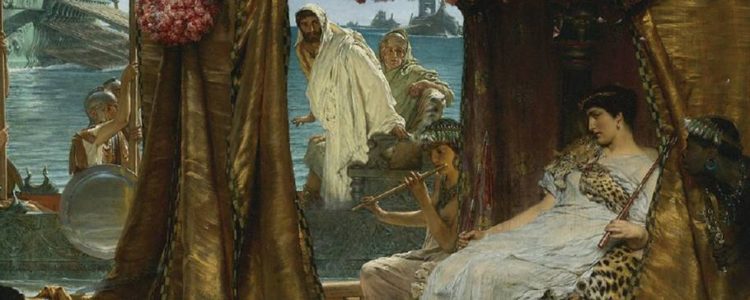Where did the phrase "worth one's salt" originate?
Sal, in Latin, means salt. Special salt rations given to Roman soldiers were called salarium argentum, the forerunner of the English word salary. Some scholars assert that soldiers were paid in salt, while others believe they were given an allowance, or salary, to purchase it. Because early Romans salted their leafy greens, the Latin word salata (salty) is the origin of the word salad. Worth one's salt meant you were competent and earned your salary.
